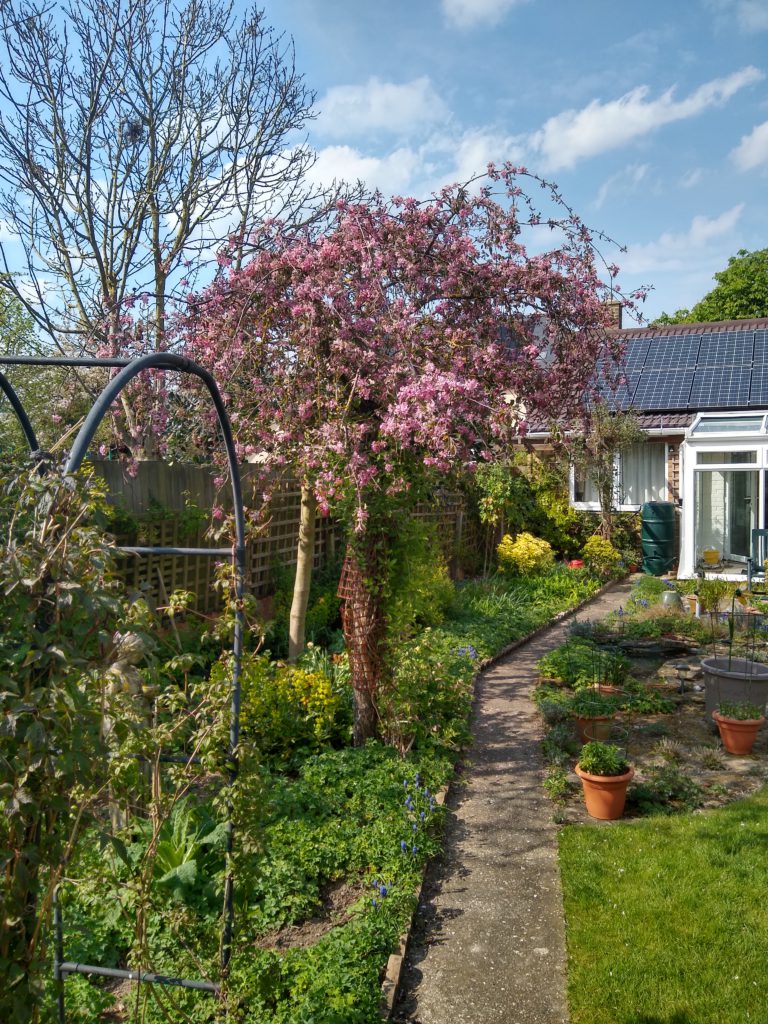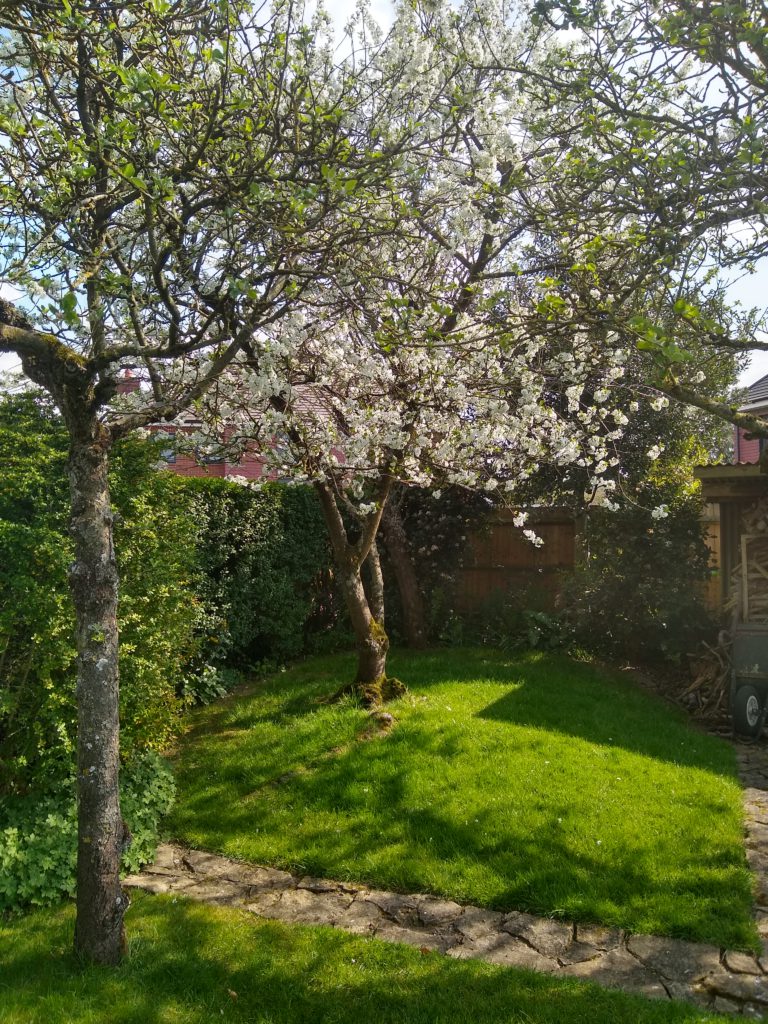![]()
This blog site is open for normal access again: scheduled maintenance has been completed.
Thank you for your patience!
![]()
This blog site is open for normal access again: scheduled maintenance has been completed.
Thank you for your patience!
![]()
This blog site will be closed for scheduled maintenance (2nd attempt) from 20:30 to around 21:30 (British Summer Time) on 24Apr2020:
A number of software packages will be updated for stability and security.
Thank you for your understanding!
![]()
This blog site will be closed for scheduled maintenance from 10:30 to around 11:30 (British Summer Time) on 22Apr2020:
A number of software packages will be updated for stability and security.
Thank you for your understanding!
![]()
This is a project to read the daily Johns Hopkins COVID-19 data and visualise the national infection and fatality trends using Base SAS and SAS/STAT:
Some questions for you to answer:
This project is open to SAS programmers and to researchers. Follow the above instructions yourself, and then see if you can improve my SAS code by answering the questions.
Please send your saved SAS Studio flow containing your improved versions of the SAS programs to phil@hollandnumerics.org.uk. Anyone providing improvements that can be incorporated will be added to the credits for this project.
My first COVID-19 SAS project for SAS Studio/SAS University Edition can be found at “Can you help? Supporting Coronavirus Research by searching research papers with SAS“.
If you are still looking for SAS training, then please go to my blog post “SAS training for home-workers: Keeping your mind active and your skills current” for some more training options.
COVID-19 can be defeated, and, working together, we can make a difference!
![]()
My wife is the keen gardener, and I usually refer to myself as the “destructive gardener”, because my main garden activities are mowing the lawn, picking apples, pruning our trees and shrubs, and then shredding the branches to make mulch for the rest of the garden.
Even though I’m staying at home, for work and leisure, I still feel I’m lucky to have a garden to view and walk around. In fact I make use of my small garden pond to help relax in between working by standing quietly for a few minutes each day and looking for wildlife, like frogs, newts and insects, that live there. My colleagues call it “pond time”!
Many parts of the world have already come to end of their own “cherry blossom time”, but in the UK it has only just started, so I took a few photos this week for everyone to enjoy it with me. If you wish you can also imagine me standing next to our small pond, which can be seen on the right-hand side of the bend in the path.
 |
 |
The connection between nature and good mental health is well documented, so I have included a link to a mental health charity web site where its effects are discussed in more detail.
Please remember to pause every day and relax with nature, even if it is only to open a books of nature photos. You’ll be surprised how much better you’ll feel!
![]()
Kaggle are running a competition to develop a Python or R application to filter the vast collection of medical research papers that are being published every day.
The CORD-19 dataset represents the most extensive machine-readable coronavirus literature collection available for data mining to date. This allows the worldwide AI research community the opportunity to apply text and data mining approaches to find answers to questions within, and connect insights across, this content in support of the ongoing COVID-19 response efforts worldwide. There is a growing urgency for these approaches because of the rapid increase in coronavirus literature, making it difficult for the medical community to keep up.
Many of these questions are suitable for text mining, and they are encouraging researchers to develop text mining tools to provide insights on these questions.
This dataset was created by the Allen Institute for AI in partnership with the Chan Zuckerberg Initiative, Georgetown University’s Center for Security and Emerging Technology, Microsoft Research, and the National Library of Medicine – National Institutes of Health, in coordination with The White House Office of Science and Technology Policy.
I am not a Python or R programmer, but a SAS programmer, so I decided to make use of the freely available dataset and try to develop a simple data mining application in SAS instead, which I would like to publish to the benefit of the fight against COVID-19. I have now created a basic framework, which I am opening up to the SAS-programming community to test, improve and enhance as a saved SAS Studio flow (*.cpf), which can be imported into a Single-User SAS Studio installation, or into a SAS University Edition installed on a PC (see my blog post “Are you learning about SAS?” for details about how to install this version of SAS), as these installations can directly access files on your own computer.
The SAS programs in the SAS Studio flow are as follows:
This project is open both to SAS programmers and to researchers. Please download the CORD-19 dataset and my SAS Studio flow. Try it out yourself, and then see if you can improve the performance, usability, flexibility or maintenance of my SAS code.
Please send your saved SAS Studio flow containing your improved versions of the SAS programs to phil@hollandnumerics.org.uk. Anyone providing improvements that can be incorporated will be added to the credits for this project.
If you are still looking for SAS training, then please go to my blog post “SAS training for home-workers: Keeping your mind active and your skills current” for some more training options.
COVID-19 can be defeated, and, working together, we can make a difference!
![]()
Looking for a SAS-related job?
There are a number of SAS-related jobs in the SAS Jobs Listing this month in the UK and US, and the links are open to all site visitors:
Please use the links in the job listings to apply for these positions.
Recruiters
I’m always looking for new recruiters to post SAS-related jobs on this site covering India, UK, the Americas, Europe and the Rest of the World. In particular, I would like to include jobs in Europe and India, where nearly half of the registered blog members are located, but currently there are no active recruiters for them.
If you have a regular supply of jobs, then there is a free trial which is open to all recruiters, but with 2 simple rules:
The current regional breakdown of registered blog members is as follows, but note that the SAS Jobs Listing is open to all site visitors:
![]()
I’m saying this to save others, not because I’m a diabetic asthmatic and I am at greater risk from coronavirus, but I have been self-isolating since March 17:
Watching the news over the weekend, and seeing parks, markets and beaches packed with selfish visitors disregarding government instructions to distance themselves from others, I have to speak out for those who are at enormous risk during this pandemic. Many of you are likely to get minimal or no symptoms, but selfishly spread the infection because you believe you have not got it. The consequences, even for you, are extreme:
The UK government is still insisting everyone should wash their hands, but do you know how to do it thoroughly enough? I found this YouTube video in a LinkedIn post, and it is the clearest demonstration I’ve seen so far.
Please watch it and follow the advice it gives! I also ask you to keep your distance from everyone!
Stay safe and keep everyone else safe too……….Phil
![]()
I have been working from home on and off since 1996, so it now feels quite normal to start my work day by walking from my kitchen into my office. I know some of my colleagues have struggled with the many distractions that exist at home, so I suppose I’ve been lucky, but I still do not like doing nothing at all. To stop any boredom setting in I will look for ways to do something useful, and, over the years, I have taught myself many programming languages by reading books, running example code, and trying to write applications that will be useful day-to-day, for example:
Each language presents a different set of problems and solutions, so each new solution will broaden your knowledge of the computer world. Not all language have been central to my day job, but my views on solving computer problems has been moulded by each new programming language I’ve used. In 1996 there was no significant online help, so you couldn’t easily ask anyone for help, but instead you had to rely on hints and tips in computer magazines. Later the online communities have become vital, but you will now have to ask your questions in the correct way, so that it will be understood by each community, as names are not necessarily consistent, otherwise your question is likely to be ignored. I’ve now found ways to improve the chances of my questions being answered, even if my problems are not always resolved:
So what has all this got to do with SAS training? Well, thanks to COVID-19, there are now more home-workers than ever before, and in some cases the work available may not be filling your day, so what can you do to fill your spare time and improve your programming knowledge? I have gathered together some sources of SAS training and information which are either free or inexpensive, which you may find useful, and if you find out about any more, then post a comment and I’ll be happy to check them out:
I think that should at least get you started on your SAS improvement projects!
![]()
The SAS course sections and topics themselves are in the SAS Programming Forum, which can only be accessed by Programming level members, but Free members can read the SAS course – Home page and see the individual section and topic names.
The SAS course and the SAS Programming Forum continue to grow, I have just added some new course sections and topics about Data Steps, Base SAS Procedures, PROC SQL, SAS Macros, SAS Enterprise Guide and SAS Studio, and there are now 54 topics in 7 different sections:
More topics and sections are being developed, so register for free now to be kept up-to-date about all of the news, so you can take advantage of the Programmer level when it suits you best!
![]()
I had a number of plans at the beginning of 2020, so how are they doing so far:
![]()
VIEWS News issue 59 has been published today.
Articles in this issue are by LeRoy Bessler (ODS Graphics procedure), Scott Thomson (Analytics environment), and myself (SAS macros). I’ve also added more interesting/useful formats, options and functions, and future SAS-related events.
If you would like to contribute an article on any SAS topic, or a SAS-related event date from June 2020 onward, to the next issue in May 2020 then please send an email with a description/attachment of your contribution to view-uk@hollandnumerics.org.uk or phil@hollandnumerics.org.uk.
To be able to read this and all previous issues you will need to follow these steps:
Enjoy!……………..Phil
You must be logged in to post a comment.